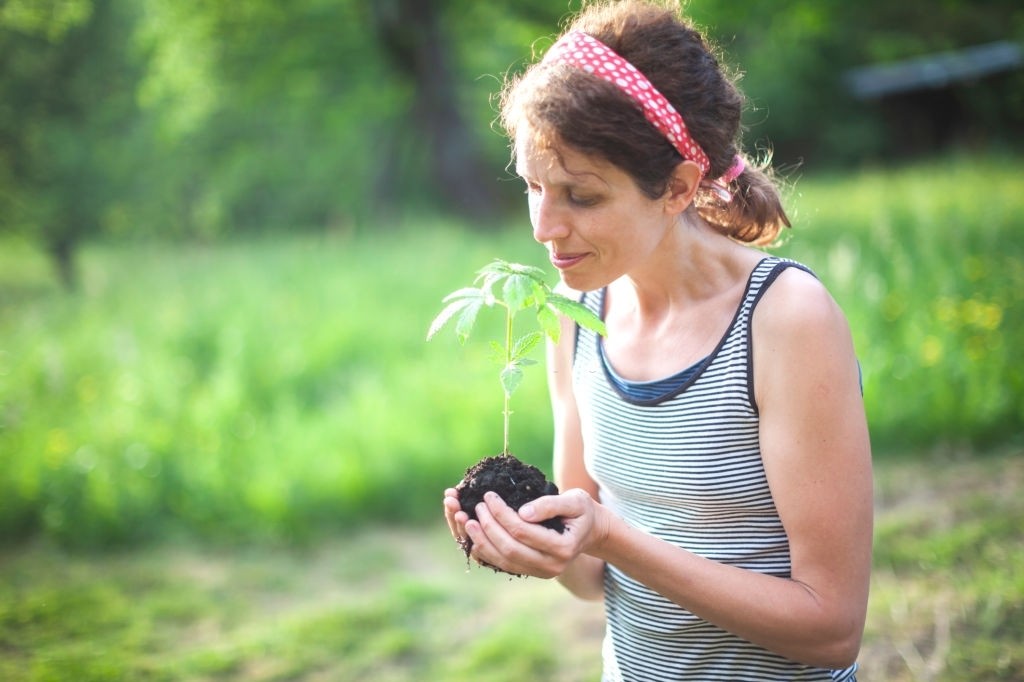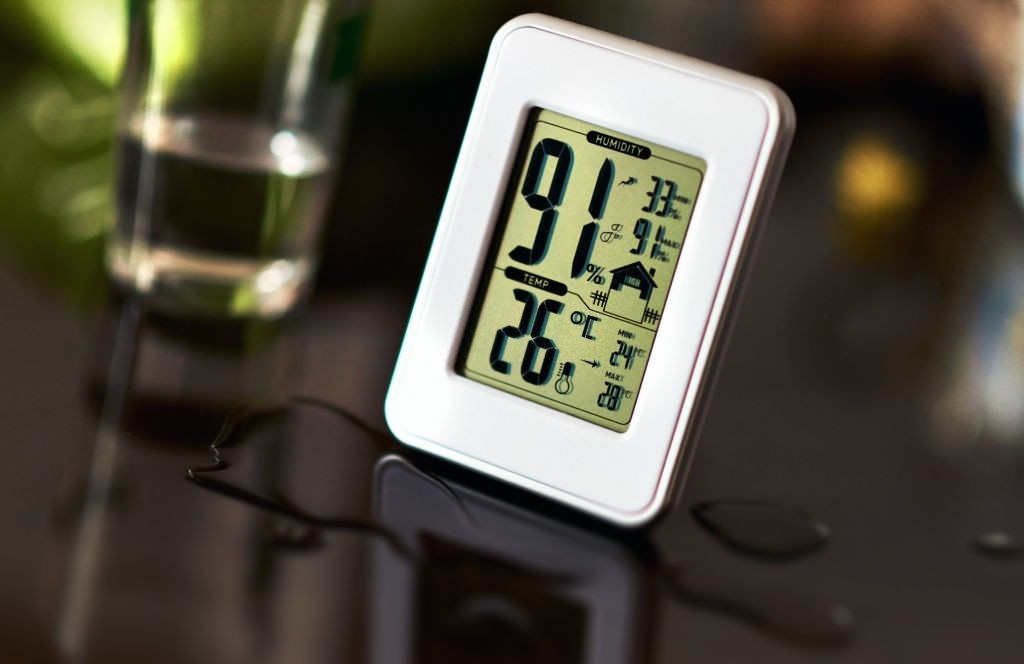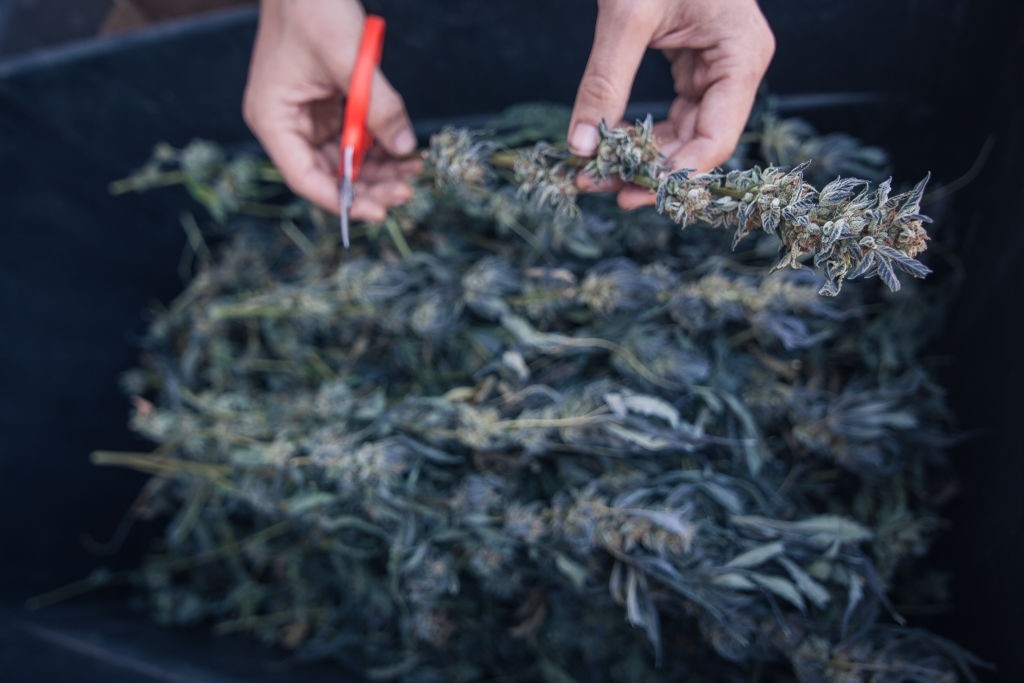First-time cultivators often believe cannabis is super simple to grow at home. After all, why would people nickname this plant “weed” if it was such a chore to plant?
While it’s true that cannabis variants have thrived in many inhospitable climates (ahem, Russia), that doesn’t mean this herb is low maintenance. Indeed, most of the strains you’re interested in will require careful attention to many details, including lighting, heat, pH, ventilation, soil quality, water…well, you get the point!
Six Common Cannabis Cultivation Mistakes New Growers Must Watch Out For
If you want to grow the biggest buds imaginable, you need to research the basics of cannabis cultivation. As with other life skills, a great way to master these basics is to learn from others’ mishaps. That’s why we thought it’d be fitting to share the most common mistakes people make when first cultivating marijuana.
Choosing The Wrong Strain For Your Grow Room
As tempting as that cheap mix of “random seeds” might be, it’s never a good idea to cultivate cannabis without a roadmap. Unless you’re an experienced grower who loves a challenge, you must know the exact specs on your chosen strain before ordering your seeds.
Contrary to popular belief, there’s no “one” cannabis strain. Indeed, there are countless cannabis cultivars on the market, each of which has unique growing patterns, aromatics, and effects.
It’s also important to remember marijuana is a dioecious herb, which is a fancy way of saying it could be male or female. Since only feminized seeds produce trichome-rich buds, it pays to invest in pre-sexed seeds from a reputable seed bank.
In general, autoflowering strains are the best choice for absolute beginners. While these seeds won’t produce the highest traces of cannabinoids, they only take about 8 – 10 weeks to flower, are highly resistant to mold, and don’t require complex lighting schedules.

Sativa-heavy strains tend to grow the tallest and take the longest time to grow, making them a better choice for experienced growers. If you’re looking for a mix between quality and ease, it’s best to check out the shorter (and typically sedating) indica strains.
Of course, since there are so many hybrids now hitting the market, you should take your time examining each strain’s specs on reputable growing forums. You might also want to look into your seed bank’s average germination rate and reviews. Taking the time to research all of this info will help you better prepare your grow room.
Keep Your Green Thumb Squeaky Clean – The Importance Of Hygiene
Did you ever hear the old saying, “Cleanliness is next to godliness?” Well, that’s doubly true when handling cannabis seeds. While practicing good hygiene may seem like a no-brainer, you’d be surprised how many new growers neglect sanitization—especially during seed germination.
Not only are cannabis seeds extremely delicate, they are susceptible to nasty microbes that may be on your fingertips. To avoid destroying your seeds from the get-go, always wash your hands in warm, soapy water, and sterilize your equipment. It’s also a good idea to use store-bought distilled water when germinating your seeds.
For extra safety, consider wearing a pair of disposable gloves during the germination process. Some expert cultivators even use sanitized tweezers when germinating and transferring their seeds.
Trust us; it’s OK to be a germaphobe during germination! As a bonus, these hygienic habits will serve you well if you ever get into cloning cannabis.
When Humidity Hurts – Setting the Right Environment For Seedlings
After you’ve successfully (and hygienically!) transplanted your germinating seeds, you need to pay careful attention to the humidity in your grow space. Many new growers struggle to get this humidity level to be “slightly damp” rather than “soaking wet.”
If you go too low, your seeds won’t grow. However, push the humidity to the upper extremes, and your seedlings could succumb to deadly fungal infections.

So, what’s the best humidity for seedlings? Ideally, you should aim for a humidity percentage between 65 – 75.
If you have extra money to spare, you may want to look into the many humidity domes now available. These handy devices can save new cultivators a ton of “humidity-related headaches” in this delicate stage of development.
When Nutrition Turns Noxious —The Dangers Of Overfeeding
“There’s no such thing as ‘too much nutrition’—right?” That’s what many first-timer growers say to themselves as they douse their dagga with NPK powder. While nutrition is a vital part of a plant’s development, there can be too much of a good thing.
In most cases, new growers will notice problems caused by over-feeding their plants rather than under-feeding them. Ironically, feeding your plants too many nutrients can cause deficiencies! Your cannabis plants will literally “block out” certain minerals if it feels overwhelmed.
Since there should be trace minerals in high-quality soil, home-growers often don’t need the “recommended dose” on their nute manufacturer’s bottles. In fact, many pro cannabis growers say you should feed your plants half the amount recommended. Only increase certain nutrients if you notice clear warning signs of a deficiency.
As a caveat: hydroponics growers should use more nutrients than soil growers. Also, be sure you’re purchasing nutrients that are explicitly manufactured for hydroponics. Soil-based nutrients will not work in hydroponics set-ups.
Go Ahead, Get pH Paranoid!
Way too many new growers spend too much time fretting about nutrients and not enough time measuring pH. We can’t overstate this fact: pH is essential for healthy cannabis development. Your plant’s roots can only absorb certain minerals at select pH levels. That’s why so many supposed “nutrient deficiencies” are caused by improper pH levels.

Please research what pH levels are required for cannabis roots to absorb different nutrients. If you could, print and paste a chart with these average rates and put it in your grow space. This info could be a lifesaver if you’re trying to treat a nutrient deficiency.
As a rule of thumb, your soil’s pH should be between 6 – 7 at all times. By contrast, hydroponics growers should keep their pH between 5.5 – 6.5.
Don’t “Jump The Gun” During Harvest Season
After all of the hard work you’ve put into growing gorgeous ganja, it’s tempting to rush through the final step. We understand; you’re just dying to get curing and drying!
However, if you cut your weed too early, we guarantee you won’t be satisfied with the result. When you choose to harvest your cannabis will have a considerable impact on your smoke session’s flavor and intensity.

Growers must thoroughly examine their buds with a jeweler’s loupe every day during harvest season. While darker pistils often correspond with harvest-ready cannabis, please focus your attention on the sticky trichomes. These mushroom-shaped protrusions are what hold all of the delicious terpenes and cannabinoids.
In the beginning stages, your plant’s trichomes should appear clear and rigid. As they mature, they will take on a cloudy, “milk-white” shade. This opaque color indicates your buds have the maximum THC potency, which means it’s the best time to harvest. Typically, cultivators will snip their buds when they notice about 70 percent of their trichomes turn white.
FYI: if you let your cannabis plants sit for too long, the trichomes will turn from white to amber. This means the THC is oxidizing into another cannabinoid called CBN. While not much is known about CBN, many tokers claim these strains have a sedative quality. Anyone who loves “stoner highs” might want to experiment with a deliberate late harvest.

